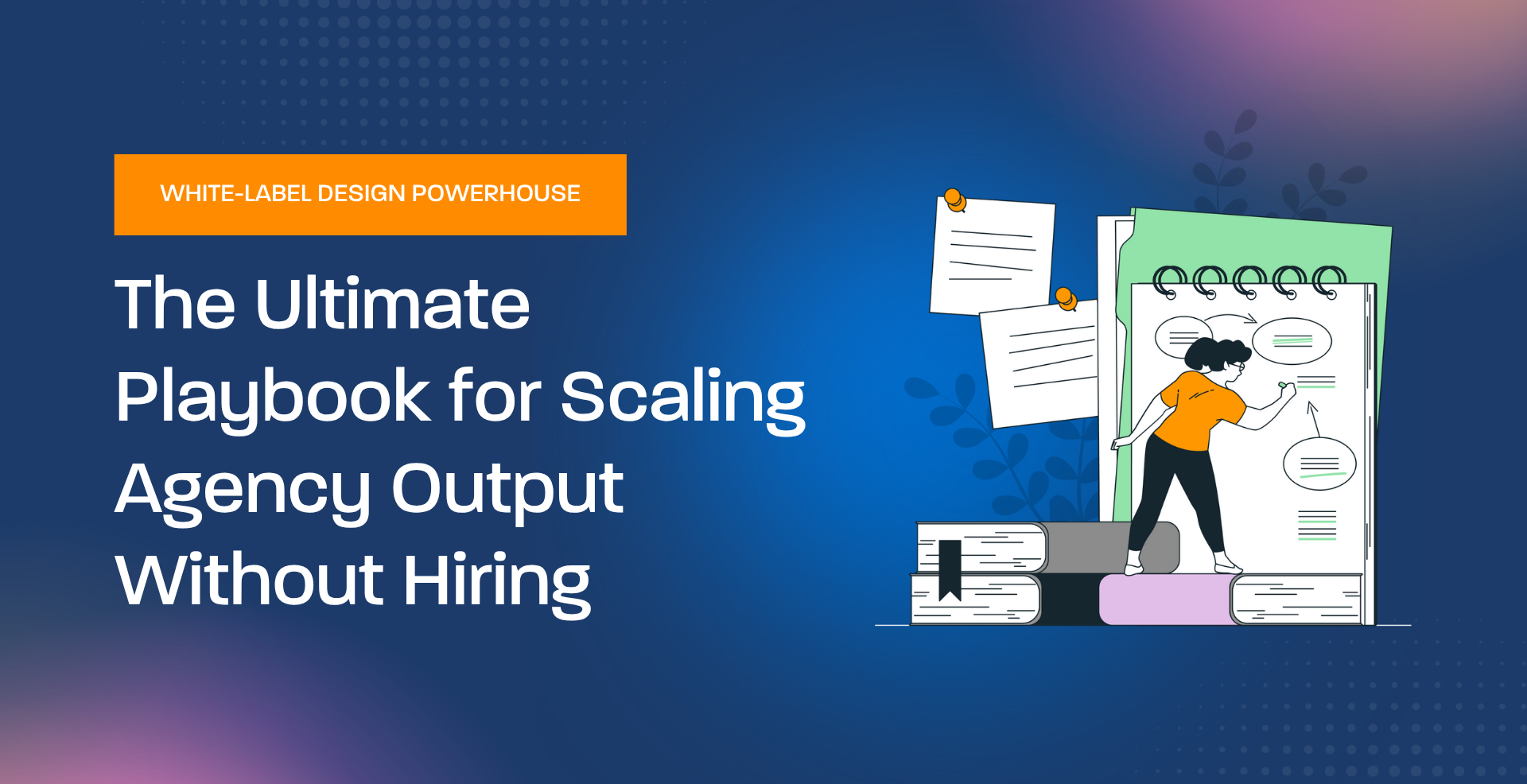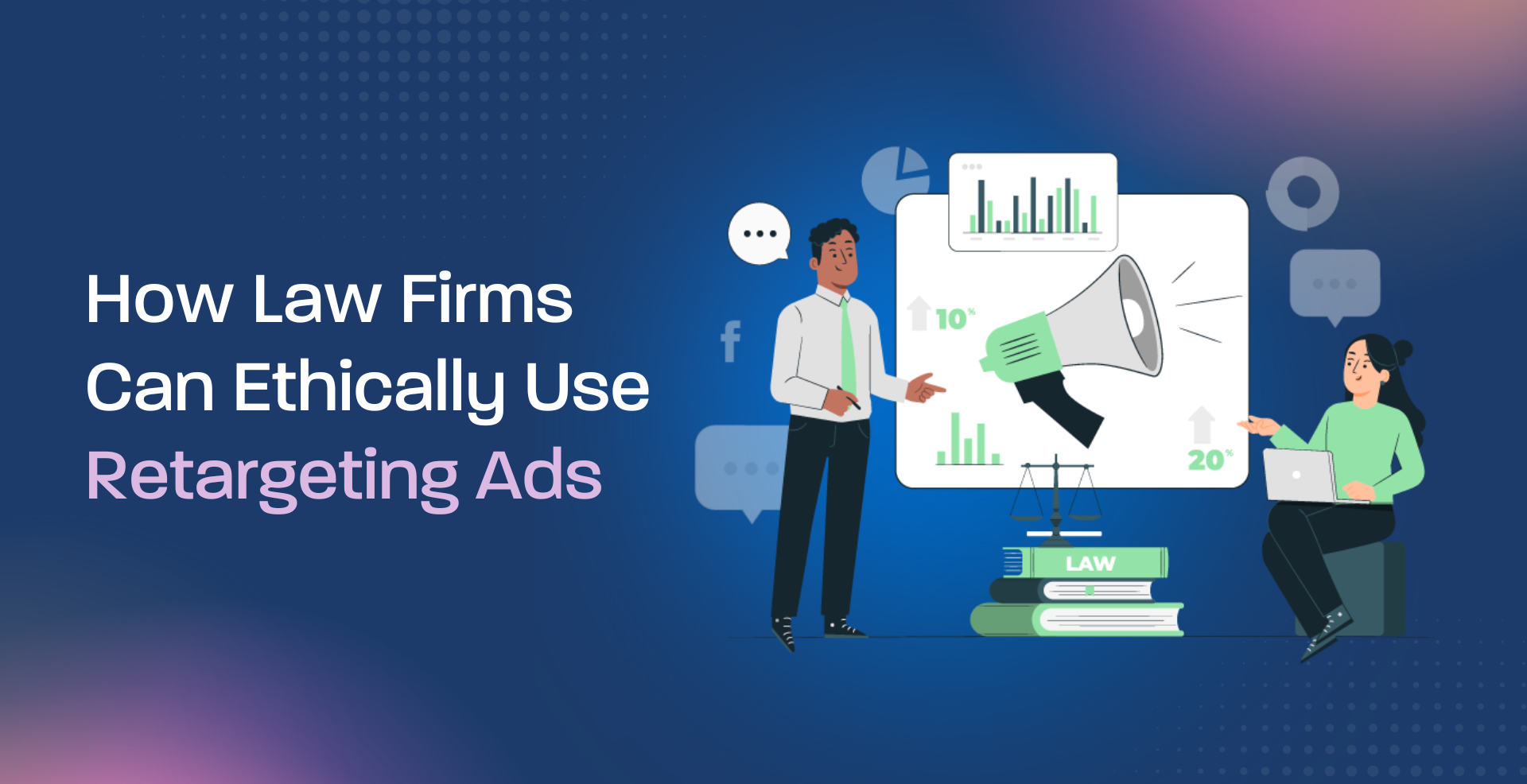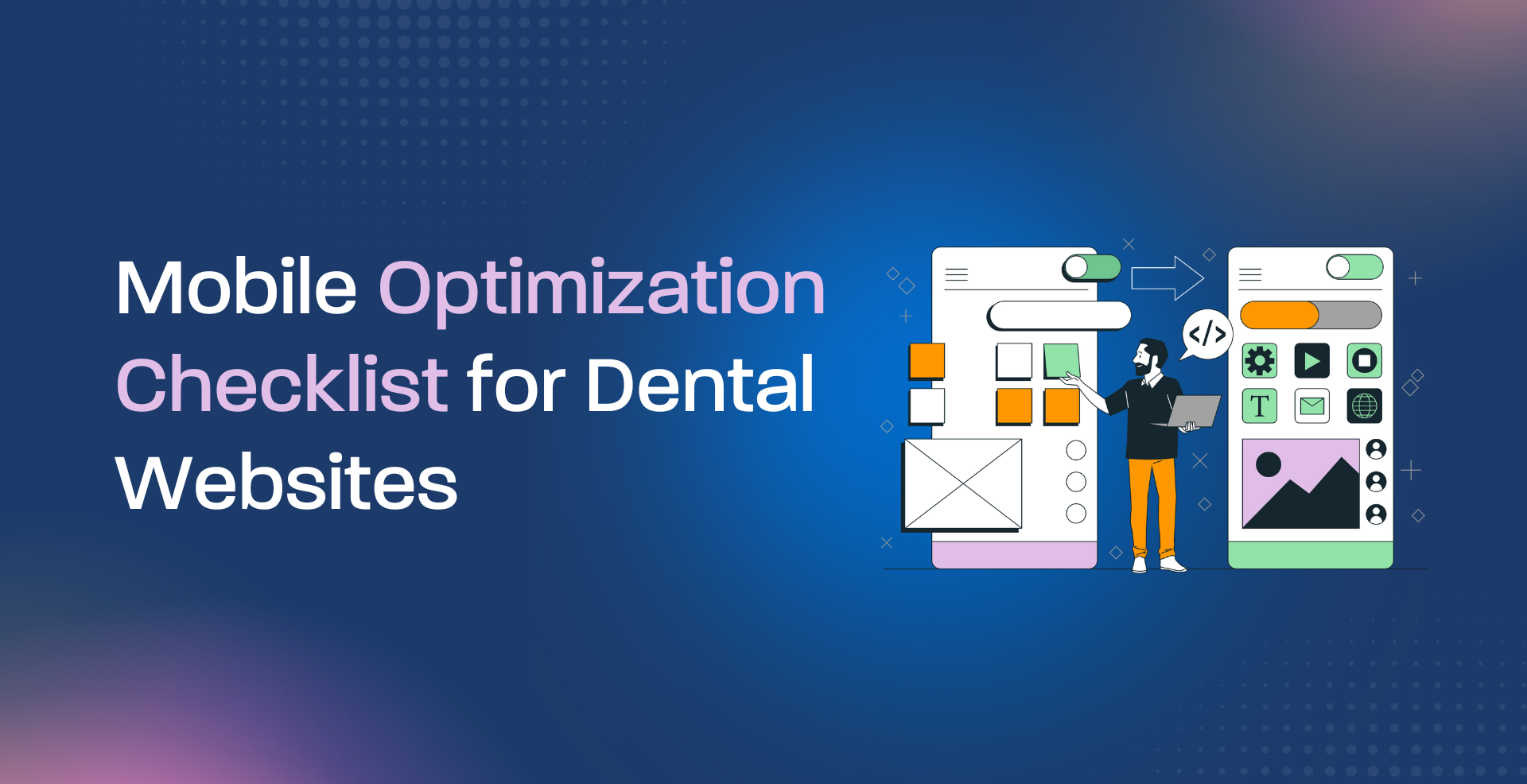Choosing the right white-label partner is a pivotal decision for design agencies aiming to expand their service offerings and strengthen their market position. In an ever-evolving industry, where collaboration and reliability are paramount, selecting a partner that aligns with your agency’s goals and values is crucial. Here, we look into the essential factors to consider when choosing the perfect white-label partner.
P.S Geeks For Growth just released a whitepaper – A guide to successful white-label partnerships, which addresses why agencies are increasingly turning to partners for design services and digital marketing, valuable insights into how these partnerships can be developed, and all you need to know before making the key decision to enter a white-label services partnership with a partner like Geeks For Growth. To learn more, download the whitepaper for free!
1. Reputation and Credibility
– Past projects: Evaluate the agency partner portfolio to assess their design quality, creativity, and ability to meet client expectations, especially a partner with a history of delivering high-quality work. Do they have a portfolio showcasing successful white-label projects relevant to your target audience? Look for diversity in their projects and how well they align with your agency’s aesthetic and standards for the said target market.
– Client testimonials: Positive feedback from previous clients serves as a testament to the partner’s reliability and expertise. Seek out testimonials or case studies that highlight successful collaborations and client satisfaction as positive client testimonials speak volumes about a white-label partner’s reliability and ability to meet client expectations.
– Industry reputation: Research the partner’s standing within the design community. Are they known for their professionalism, innovation, and ethical practices? A partner with a strong reputation enhances your agency’s credibility by association. Awards, industry publications, and positive press mentions can further validate a partner’s reputation and expertise.

2. Reliability and Communication
– Timely delivery: Delays in project completion can disrupt workflows and damage client relationships. Ensure the partner has a track record of meeting deadlines consistently as consistent on-time delivery is critical. Review the partner’s track record of meeting deadlines and their project management methodologies.
– Open communication: Effective communication is key to successful collaboration. Choose a partner who maintains transparent and responsive communication channels, keeping you informed at every stage of the project. Open communication channels are essential. Does the partner offer a dedicated point of contact and a clear process for project updates and feedback exchange?
– Scalability: Can the partner scale their resources to accommodate your fluctuating project demands? Common types of white label partnerships do not consider expansion as a primary goal.
– Alignment with Goals: Does the partner share your design philosophy and business goals? A harmonious partnership requires a shared vision for project outcomes and brand representation.
– Shared vision: Look for a partner who understands and resonates with your agency’s mission, values, and long-term objectives. A shared vision fosters synergy and commitment toward common goals.
– Value alignment: Assess whether the partner’s ethical standards, design principles, and business practices align with yours. This ensures a harmonious partnership built on mutual trust and respect.
3. Compatibility in Capabilities and Resources
– Prolific skills: Evaluate the partner’s proficiency in design techniques, software proficiency, and industry knowledge. A partner with complementary skills enhances the overall quality of deliverables.
– Technological infrastructure: Ensure compatibility in terms of software, hardware, and project management tools. Seamless integration streamlines workflows and minimizes compatibility issues.
– Expertise: Choose a partner whose skillset aligns with your project needs. Do they possess the design expertise and experience required for the specific type of white-label projects you envision?
– Software and tools: Ensure compatibility in terms of design software and tools used. Seamless file exchange and collaboration are crucial for maintaining workflow efficiency.
– Resource capacity: Does the partner have the infrastructure and resources to handle your project volume without compromising quality or turnaround times?
4. Culturally fit and collaboration
– Cultural alignment: Consider the partner’s company culture, work ethos, and team dynamics. A cultural fit promotes teamwork, creativity, and a positive “can-do” working environment. Beyond technical expertise, consider the “cultural fit.” Do your teams’ values and work styles complement those of the potential partner?
– Collaborative approach: Choose a partner who values collaboration and sees your agency as a strategic ally rather than just a client. This encourages open dialogue, idea-sharing, and innovation.
5. A Strong Partnership: Beyond the Essentials
While the factors discussed previously establish a strong foundation, a truly successful white-label partnership hinges on additional considerations:
Security and data protection
In today’s digital age, data security is paramount. Here’s a deeper look at what to consider.
- Compliance with Data Privacy Regulations: Ensure your white-label partner adheres to relevant data privacy regulations like GDPR (General Data Protection Regulation) and CCPA (California Consumer Privacy Act). This ensures compliance and protects your clients’ personal information.
- Secure data storage and transfer: Investigate the partner’s data security protocols. Do they utilize secure cloud storage solutions with encryption and access controls? How do they handle data transfer and ensure information remains secure during the exchange process?
- Regular security audits: Look for a partner that conducts security audits to address potential vulnerabilities in their systems.
Pricing and contract transparency
Clear communication regarding finances and legal terms is essential for a smooth partnership.
- Detailed fee structures: Obtain detailed breakdowns of the partner’s fees, including hourly rates, project-based pricing, or retainer models. Ensure all potential costs, like additional revisions or software licenses, are clearly outlined.
- Clearly defined service Level Agreements (SLAs): Establish well-defined Service Level Agreements (SLAs) that outline project deliverables, timelines, quality standards, and communication protocols. This fosters clear expectations and avoids misunderstandings.
- Termination clauses: Include clear termination clauses in your contract, outlining the process and potential fees associated with ending the partnership prematurely.
Non-Disclosure Agreements (NDAs) and Intellectual Property Protection
Protecting sensitive information and intellectual property is crucial.
- Comprehensive Non-Disclosure Agreements (NDAs): Implement comprehensive NDAs that cover all confidential information shared during the collaboration, including client data, design concepts, and proprietary software.
- Ownership of work: Clearly define ownership rights for any creative work produced through the partnership. The contract should specify who owns the final design assets and how they can be used.
- Confidentiality of client information: Ensure the white-label partner has policies and procedures in place to maintain the confidentiality of your client’s information and prevent unauthorized disclosure.
By prioritizing these additional elements, you move beyond a transactional relationship to a true long-term partnership with the white-label design partner. Open communication, a commitment to data security, and clear contractual agreements foster trust and collaboration, allowing both teams to focus on delivering exceptional design solutions and achieving collective success.
At Geeks For Growth, we offer premium branding and design services while letting your agency shine. From digital media design to website design, SEO, and beyond, we tick the right boxes for all the key factors your white-label partner should have to touch your customer base. As a strategic creative agency with a seamless process, various perspectives, and experiences, our energized teams work together to create top-notch digital experiences that help businesses flourish. Reach out to us to know more, or check our white-label design services for more.
Selecting the right white-label partner is a decision that can impact your agency’s success and reputation. By carefully evaluating factors such as reputation, reliability, alignment with business goals, compatibility, and cultural fit, design agencies can forge strong partnerships that drive growth, innovation, and client satisfaction. Choose wisely, and watch your agency thrive in a competitive market landscape.






